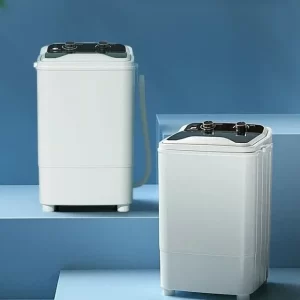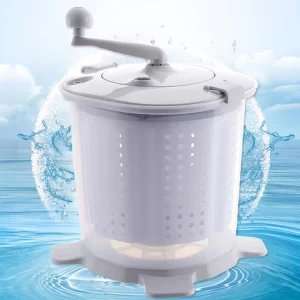Washing Machine Drips Water Into Tub When Off: How to Fix It?
Introduction:
A washing machine dripping water into the tub when off can be an annoying and potentially costly problem. Water dripping into the tub not only wastes water but can also lead to overflows, damage to floors, and possibly mold growth. Understanding the reasons behind this issue and knowing how to address it is essential for maintaining your washing machine and ensuring it operates efficiently. This comprehensive guide will explore the causes, potential fixes, prevention tips, and when to call in a professional for assistance.
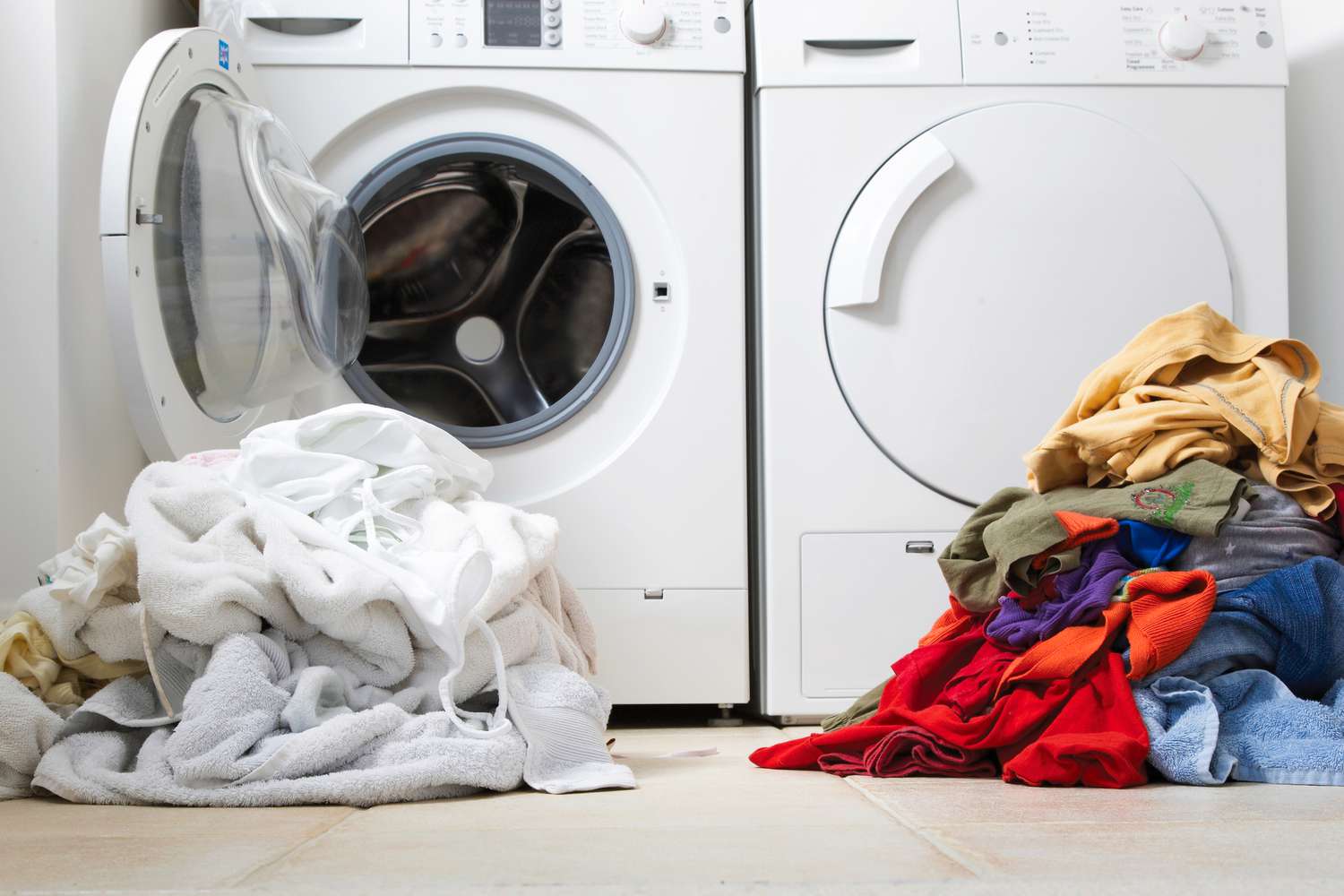
Washing Machine Drips Water Into Tub When Off:
Why Does This Happen and How Can You Fix It?
Potential Causes:
What Makes a Washing Machine Drip Water When Off?
Several reasons could explain why a washing machine drips water into the tub when it is off.
Faulty Water Inlet Valve:
Understanding the Valve Function:
The water inlet valve is a key component that allows water to enter the washing machine’s tub. When the machine is off, this valve should be fully closed to prevent water from flowing into the tub. However, if the valve is faulty or malfunctioning, it may not seal properly, allowing water to leak into the tub even when the machine is off.
Signs of a Malfunctioning Valve:
A faulty water inlet valve might also cause the machine to take longer-than-usual to fill during cycles. If you notice continuous dripping or pooling water in the tub when the machine is off, the inlet valve is a likely culprit.
Debris or Sediment Buildup:
Impact on Valve Performance:
Over time, debris and sediment from the water supply can accumulate in the inlet valve, obstructing its proper closure. This buildup prevents the valve from sealing tightly, causing water to leak into the tub intermittently.
Symptoms of Buildup:
If your washing machine is in an area with hard water, it is more prone to sediment buildup. Visible mineral deposits around the valve or discoloration of water can indicate sediment issues.
Worn Out or Damaged Parts:
Aging Components:
Like any appliance, the parts of a washing machine can wear out over time. Seals, gaskets, and hoses may deteriorate, crack, or become damaged, leading to leaks. The wear and tear on these components can cause water to seep into the tub when the machine is off.
Identifying Worn Parts:
Inspecting seals, gaskets, and hoses for visible signs of wear, such as cracks or brittleness, can help determine if these components are the source of the dripping water.
Incorrect Installation:
Impact of Improper Setup:
If the washing machine is not installed correctly, it can lead to water flow issues. Incorrectly connected hoses or improperly leveled machines can cause water to drip into the tub.
Common Installation Errors:
Errors such as loose or kinked hoses, incorrect hose connections, or an unlevel machine can all contribute to water leakage issues.
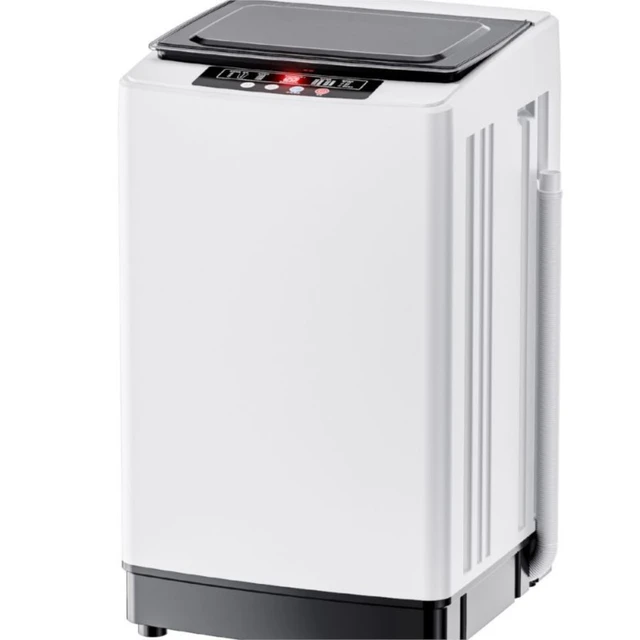 Troubleshooting:
Troubleshooting:
How Can You Identify the Source of the Dripping?
Proper troubleshooting is crucial to pinpoint the exact cause of the problem before proceeding with repairs.
Visual Inspection:
Initial Assessment:
Begin by visually inspecting the washing machine, focusing on the water inlet valve, hoses, and connections. Look for signs of wear, cracks, or loose fittings that might contribute to the dripping.
Checking for Residue:
Examine the area around the water inlet valve for any debris or sediment buildup. Also, check inside the valve ports for blockages that may prevent proper sealing.
Water Flow Test:
Diagnosing Valve Issues:
To test the water inlet valve, disconnect the washing machine from the power supply and water lines. Inspect the valve for any visible damage. Reattach the hoses securely and turn the water supply back on. Monitor the valve for any leaks or water flow when the machine is off.
Investigating Hoses and Seals:
Inspect all hoses for kinks, cracks, or loose connections. Tighten any loose fittings and replace damaged hoses as necessary. Additionally, check the seals and gaskets for wear or damage and replace them if required.
Diverter Valve Check:
Evaluating Water Control:
If your washing machine has a diverter valve, ensure that it is functioning correctly. The diverter valve controls the flow of water and can be another potential source of leakage.
Testing the Diverter Valve:
Disconnect the power supply, remove the valve, and inspect it for debris and proper function. Clean or replace the diverter valve if any issues are found.
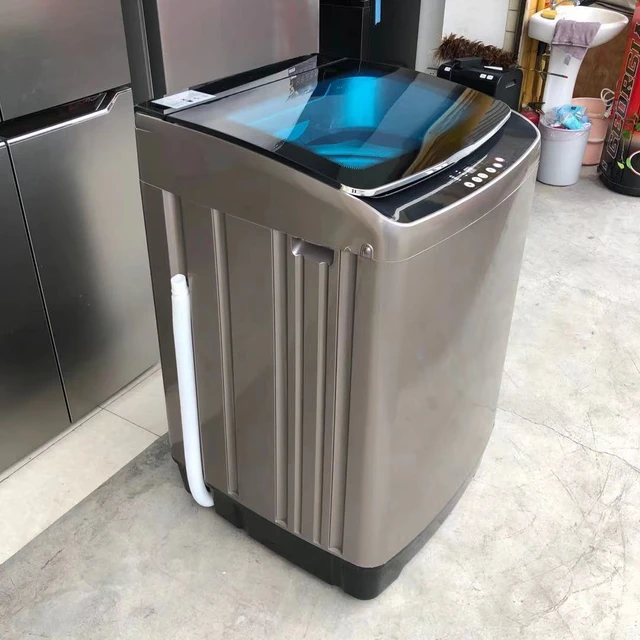 Fixing the Issue:
Fixing the Issue:
What Are the Steps to Repair the Dripping?
Once the problem is identified, appropriate actions can be taken to repair the washing machine.
Replacing the Water Inlet Valve:
DIY Replacement:
If the water inlet valve is determined to be faulty, replacing it is a straightforward process. Unplug the washing machine and disconnect the water supply lines. Remove the faulty valve and install a new one, following the manufacturer’s instructions. Reconnect the hoses, ensuring they are securely attached, and restore the power supply.
Professional Assistance:
If you are not comfortable replacing the valve yourself, hiring a professional technician can ensure the job is done correctly. Professionals can accurately diagnose the issue, replace the required parts, and perform any necessary adjustments.
Cleaning or Replacing Hoses:
Maintenance Tips:
For debris or sediment buildup issues, remove and clean the affected hoses and valves. Using a vinegar solution can help dissolve mineral deposits. If hoses show signs of wear, consider replacing them with new, high-quality hoses to prevent future leaks.
Preventive Measures:
Installing water softeners or filters can help reduce sediment buildup and prolong the life of your washing machine components.
Adjusting or Reinforcing Seals:
Simple Fixes:
If worn-out seals or gaskets are the cause of the drip, replacing them with new ones can resolve the issue. Make sure to use manufacturer-approved parts to ensure a proper fit and seal.
Ensuring Proper Installation:
Check for loose fittings or improper alignment and make necessary adjustments. Ensure all seals and gaskets are properly seated and tightened to prevent leaks.
Re-evaluating Installation:
Correcting Installation Errors:
If the initial installation was incorrect, re-evaluate the setup of your washing machine. Ensure that all hoses are correctly connected, there are no kinks or bends, and the machine is properly leveled. Making these adjustments can resolve many water leakage issues.
Professional Reinstallation:
In cases of persistent problems, consider having a professional re-evaluate and reinstall the washing machine to guarantee it is set up correctly.
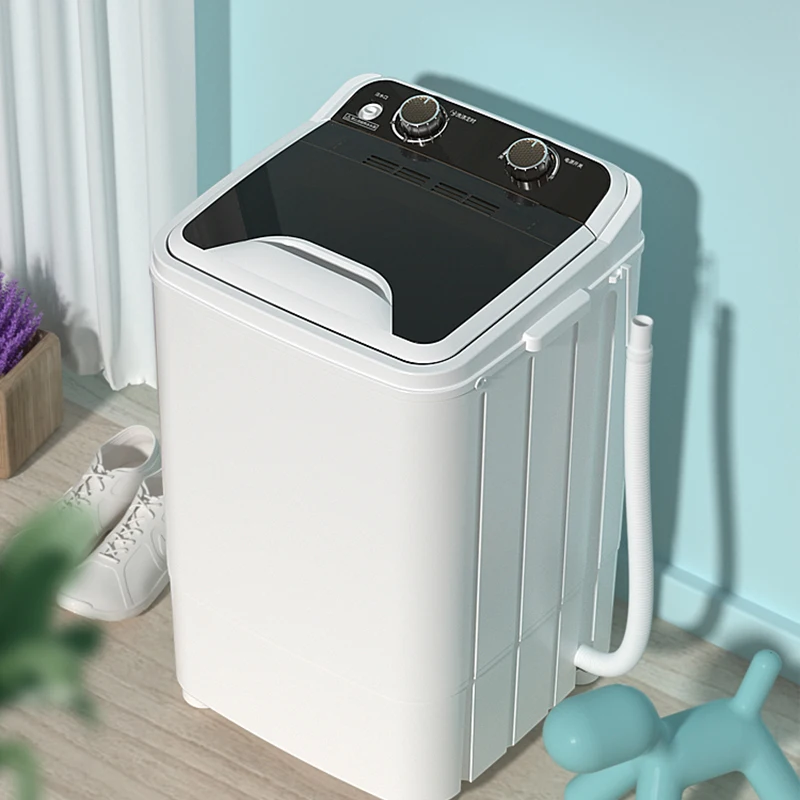 Preventive Measures:
Preventive Measures:
How Can You Avoid Future Dripping Issues?
Taking steps to prevent future dripping issues can save time, money, and hassle.
Routine Maintenance:
Regular Inspections:
Perform regular maintenance checks on your washing machine, inspecting hoses, valves, and seals for signs of wear or damage. Early detection of potential problems allows for quicker, less costly repairs.
Scheduled Cleanings:
Clean the water inlet valve and hoses regularly to prevent debris and sediment buildup. Using filters or water softeners can also help reduce the frequency of needed cleanings.
Mindful Usage:
Load Management:
Avoid overloading the washing machine, as this can place additional stress on the components and increase the risk of leaks. Follow the manufacturer’s guidelines for load size and weight distribution.
Proper Detergent Use:
Use the recommended type and amount of detergent to prevent excessive suds, which can interfere with the seals and valves, potentially causing leaks.
Timely Repairs:
Addressing Issues Quickly:
If you notice any signs of leaking or dripping, address them immediately to prevent further damage. Delaying repairs can lead to more significant problems and higher repair costs.
Professional Check-ups:
Schedule periodic professional check-ups for your washing machine to ensure it remains in good working condition. Professionals can identify issues that might be overlooked during routine maintenance.
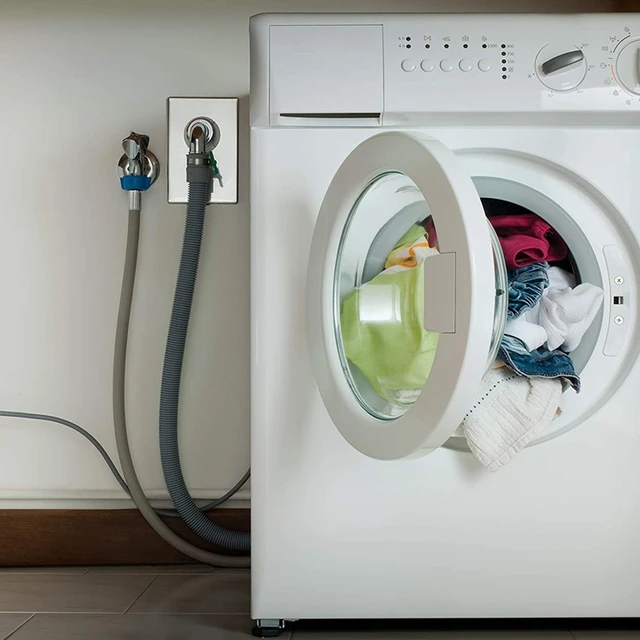 Conclusion
Conclusion
A washing machine that drips water into the tub when off can be caused by several factors, including a faulty water inlet valve, debris buildup, worn-out parts, or incorrect installation. Proper troubleshooting and timely repairs are essential for resolving the issue and preventing further damage. Regular maintenance, mindful usage, and early detection of potential problems can help keep your washing machine in optimal working condition, ensuring efficient operation and extending its lifespan. By understanding the common causes and solutions for water dripping into the tub, you can effectively manage and maintain your washing machine, avoiding costly repairs and ensuring a smooth laundry experience.
